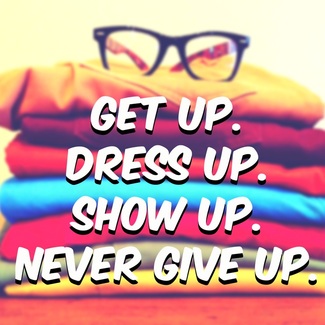Take A Seat: Seated Dressing Techniques for Seniors
With each deficit, a variety of approaches may solve the problem since, as always: there are many ways to skin a cat. To begin, we’ll start with the three questions a therapist or caregiver should ask. Where? Where should the older adult get dressed? This question is less intuitive than it may seem. If it’s in the morning, often the best place may be seated on the toilet or commode since chances are the senior probably had to doff his or her trousers, night wear, or depends to sit and use the bathroom. So with half the chore already done, this is often an easy place to simply kick or pull (or use an adaptive aid) off the pants on the ground. This eliminates the often dangerous standing task of pulling up your pants. When? Again, time of day matters since many older adults wake up in pain from arthritis or just general stiffness upon waking that limits their ability to reach their lower body. Timing truly is everything! Some seniors benefit from dressing in the morning after they shower (if they shower daily), others are more mobile after 20-30 minutes or once they’ve gotten their blood flowing and muscles limbered up from moving around a little bit. Many seniors (like most of us), use the bathroom upon waking. For some, this provides a ready opportunity to disrobe and potentially dress while seated on the toilet or commode (though foresight for laying out clothes is required). Why? This is an important question, and one that in hindsight, the author might have considered putting in place first. Why dress in the first place? Why not just put on a robe and call it a day? We don’t just do things for the heck of it, everything we do has a purpose: especially as a clinician in home health. This is a conversation that must be had. Here’s how to have it: remind the senior in your life that dressing is one of the best ways to maintain their current function because of the natural range of motion, strengthening, fine motor and balance aspects of putting on clothing. Tell them that the habit of dressing is a built in exercise that can improve and promote their health and ongoing wellbeing. And now….THE NITTY GRITTY. Here are a few simple practical techniques and adaptive aids to try with your patients. Crossing
Hugh Hefner may make wearing a robe all day look stylish, but we as therapists and caregivers may have different ambitions for our patients. Being able to dress themselves independently is often the first step to returning back to life in the world of the healthy and the well. The benefits of dressing are as much physical as they are mental. Many therapists will recount stories of individuals whose pride at regaining the ability to dress themselves spilled over into other areas as the senior began to feel empowered and back in the driver’s seat of their life. Who will you empower with these techniques?
0 Comments
Leave a Reply. |
Archives
September 2016
Categories
All
|

 RSS Feed
RSS Feed